Nitrous
Cannabinoid THC Dominant
THC 15 - 16%
CBD 0.99 - 1.12%
Effect Tingly
Side Effect Headache
Flavor Sage
Nitrous Strain
THC
CBD
Potency
Nitrous is one of those strains that offer both creativity and relaxation because of their 50:50 ratio of Indica:Sativa. This is a potent cannabis strain with 22% of THC content. It has a very nice flavor profile that is sure to be appreciated by cannabis connoisseurs who favor sweet and earthy notes in their weed.
Main Effects of Nitrous Strain
After taking some Nitrous, you will quickly start to feel a sense of relaxation wash over your body. Negative thoughts will fade away and happiness will take over. This relaxation also comes with a feeling of focus and creativity though, making it possible to get some work done. However, the ultimate outcome of smoking these buds is often couch-lock, so make sure to consume this weed during the afternoon or late evening when you can afford to get knocked down by its effects.
Because of such potent effects and its high THC content, this is not the best marijuana cultivar for beginners. Nitrous strain can sometimes cause side effects like fatigue, thirst, rapid heartbeat, and dryness of the eyes. Medical patients suffering from a lack of appetite, anxiety, Multiple Sclerosis, and migraines may take this strain to alleviate some of their symptoms.
Smell and Taste
If you're a fan of sweet notes in the aroma and taste of your weed, you will appreciate this one. It has very discernable notes of plums, roses, chestnuts, and coffee. These combine to create an overall sweet and yet complex flavor profile that will also work well if you want to bake some weed brownies for yourself.
The following terpenes are behind these flavors:
- Myrcene – adds the sweetness of plums
- Caryophyllene – brings the bitterness of coffee
- Eucalyptol – adds strong notes of chestnuts and coffee
- Limonene – brings various sweet notes.
Growing Information
Like most cannabis plants, you can grow Nitrous weed strain inside or outside as long as you have enough space. The plant can grow up to 80 inches in height so a good amount of space is necessary not only to accommodate its height but also to give it proper ventilation. The buds usually get ready to harvest in 53 to 64 days and growers report a yield of around 400 g/m2.
Side Effects
Simply let us know how this strain tastes or write a detailed review.
Nitrous Strain Cannabinoids
| THC | Tetrahydrocannabinol, or THC, is a major cannabis chemical compound. It is a psychoactive element that stimulates dopamine release and induces euphoria or happiness. THC-rich strains may be helpful with such conditions as lack of appetite, chronic pains , etc. It is considered to be the primary active marijuana component. | 15 - 16% |
| CBD | Cannabidiol, or CBD, is a major compound in cannabis, which is non-psychoactive. It is also proved to counteract the side effects of the second major component THC. CBD is widely used for medicinal purposes in rubs, oils and so on. It is helpful in muscle pain cases, may treat arthritis and migraines. Even Greeks used it against pain, while Queen Victoria applied it to get rid of menstrual cramps. | 0.99 - 1.12% |
| CBC | Cannabichromene, or CBC, is a minor cannabinoid, meaning that its quantity in cannabis is quite little. Though it has the same origin as CBD and THC, it is different in functions. Without any psychoactive effects, it is an efficient cannabis compound in combating acne and depression. CBC produces analgesic, antibacterial and anti-inflammatory effects. | 0.18 - 0.3% |
| CBG | Cannabigerol, or CBG, is one of the minor cannabis compounds in adult plants. On the other hand, young ones contain a lot of this antibacterial and anti-inflammatory component. During the growth, CBG is converted into different cannabinoids, mostly THC and CBD. The compound itself increases appetite and decreases eye pressure. | 0.02 - 0.12% |
| CBN | Cannabinol, or CBN, is a trace element in cannabis that is considered to be mildly psychoactive. It appears from oxidation THC, exposed to light and heat. CBN is mostly contained in old cannabis and in traditional hashish. It is effective against insomnia, bacterial infections and appetite loss. | 0.14 - 0.24% |
| THCV | Tetrahydrocannabivarin, or THC-V, is a compound contained in cannabis in trace amounts. Even though it is close to THC molecularly, it is different in effects. This compound may be psychoactive only in large amounts. THC-V reduces blood sugar, controls appetite, stimulates bone growth, etc. African Sativa strains are the richest in THC-V. | 0.23 - 0.29% |
Nitrous Terpene Profile
| Borneol | Borneol is a terpene with a woody, camphor-like aroma, naturally occurring in ginger, rosemary, camphor, and thyme. Borneol has been used in traditional Chinese medicine for thousands of years as an anti-inflammatory, pain-relieving, and anticoagulant means. Borneol has the distinctive property of boosting the effects of medical drugs. In cannabis, Borneol is one of the most commonly occurring terpenes. | 0.06% |
| Myrcene | Myrcene (also known as β-myrcene) is one of the most common terpenes found in cannabis, representing more than 20% of the modern marijuana terpene profile. Myrcene has a distinct earthy, musky flavor, resembling cloves. It is responsible for calming and soothing effects of weed. Myrcene is also found in hops, thyme, mango, lemongrass, guava melon. | 0.14% |
| Humulene | Humulene (also known as α-humulene) is one of the major terpenes found in cannabis, contributing to woody, earthy, spicy, herbaceous, and, mainly, floral aromas of cannabis. Used in modern medicine, humulene offers anti-inflammatory, antibacterial, and appetite suppressant effects, which have been well-researched by pharmaceutical companies. | 0.18% |
| Limonene | Limonene (also known as d-limonene) is the second most common terpene in nature and the third most common terpene in cannabis. It has a powerful citrus aroma and can be found in all citruses, including lemons, oranges, grapefruits, limes, juniper, etc. Limonene is known to elevate moods and provide anxiety, depression, and stress relief. | 0.25% |
| Linalool | Linalool (also known as beta linalool, linalyl alcohol, linaloyl oxide, and p-linalool) is one of the rarest terpenes found in cannabis, mostly in small quantities. Linalool is known for its spicy and lavender aroma, bringing relaxation and calming effects. It is also said to provide anti-inflammatory and analgesic properties that can be useful for athletes. | 0.08% |
| Sabinene | Sabinene is a terpene with a peppery, spicy, citrusy, and piney aroma, presented in Norway spruce, Holm oak trees, black pepper, cardamom, and carrot seeds. Found in cannabis in small quantities. Allegedly, sabinene has anti-inflammatory and antimicrobial properties. | 0.04% |
| Valencene | Valencene is a terpene that got its name from Valencia oranges - a fruit where It's initially found. Valencene offers citrusy, sweet aromas, with flavors having notes of oranges, grapefruits, tangerines, and, occasionally, fresh herbs or freshly cut wood. Citrus aromas, frequently found in a wide variety of cannabis strains, are contributed to by valencene, which is known for anti-inflammatory and insect repelling properties. | 0.04% |
| Terpinolene | Terpinolene is one of the most common terpenes found in cannabis; however, It's usually presented in small quantities. Is responsible for piney, floral, herbaceous, and even a little bit citrusy aroma of cannabis. Terpinolene can be found in lilacs, nutmeg, and cumin. In cannabis, terpinolene contributes to the sensation of "freshness." Has the potential to reduce the risk of heart diseases. | 0.02% |
| Phellandrene | Phellandrene (also known as alpha- and beta-phellandrene) is one of the rare terpenes found in cannabis with antihyperalgesic and antidepressive properties. Phellandrene contributes to a minty, woody, and mildly citrus aroma in cannabis. Previously confused with limonene and pinene, phellandrene was eventually distinguished as a separate terpene common for eucalyptus. Also, it could be found in mint, dill, black pepper, cinnamon, parsley, pine, and lavender. | 0.02% |
| Caryophyllene | Caryophyllene (also known as beta or b caryophyllene) is a terpene found in many herbs and spices, such as black pepper, basil, rosemary, and oregano. Cannabis high in caryophyllene delivers a strong spicy, peppery aroma, resembling cinnamon and cloves. Caryophyllene offers potent anti-inflammatory and sedative effects. | 0.18% |
| Total terpenes content | 1.01% |
Growing Info
Similar Strains
THC 14 - 19%
CBD 0.05 - 0.73%
Effect Talkative
Flavor Blue cheese
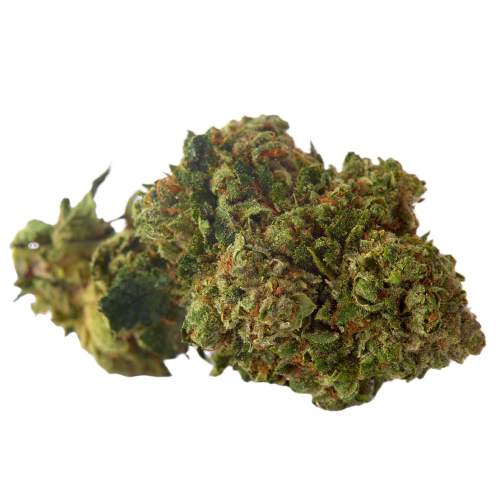
THC 15.57 - 17.57%
CBD 0.47 - 0.85%
Effect Sleepy
Flavor Spicyherbal
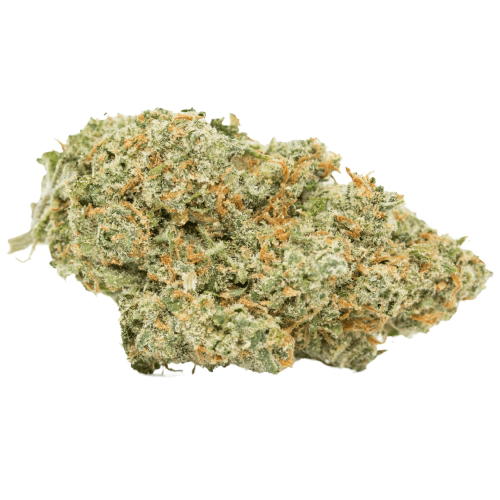
THC 19 - 21%
CBD 0.12 - 0.74%
Effect Creative
Flavor Flowery
THC 21 - 26.5%
CBD 0.59 - 0.96%
Effect Energetic
Flavor Chemical
THC 24 - 29%
CBD 0.96 - 1.22%
Effect Giggly
Flavor Sweet
THC 7.5 - 9.5%
CBD 0.32 - 0.75%
Effect Creative
Flavor Blueberry
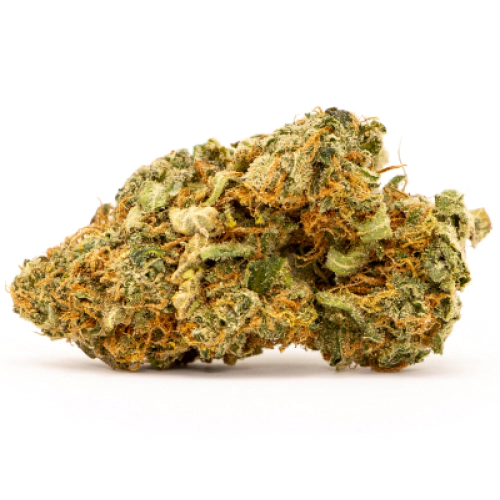
THC 12.65 - 16.27%
CBD 0.12 - 0.91%
Effect Calm
Flavor Rose
THC 14 - 16%
CBD 0.04 - 0.76%
Effect Uplifted
Flavor Nutty
THC 12 - 14%
CBD 0.08 - 0.36%
Effect Aroused
Flavor Butter
THC 17 - 19%
CBD 0.81 - 1.02%
Effect Relaxed
Flavor Lemon
THC 17 - 20%
CBD 0.19 - 0.34%
Effect Happy
Flavor Pineapple
THC 32 - 36%
CBD 0.21 - 0.44%
Effect Happy
Flavor Lemon
THC 19.99 - 20.01%
CBD 0.7 - 0.94%
Effect Euphoric
Flavor Citrus
THC 11.93 - 16.92%
CBD 0.02 - 0.29%
Effect Talkative
Flavor Plum
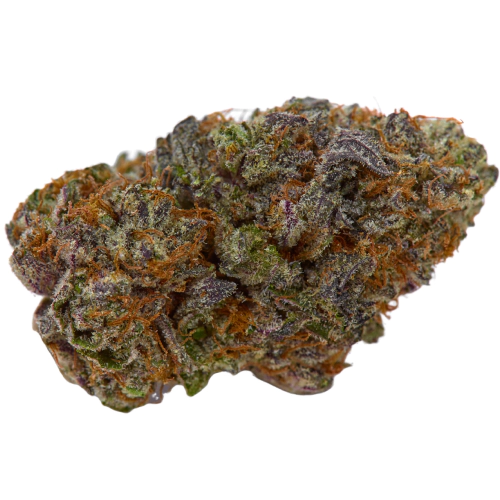
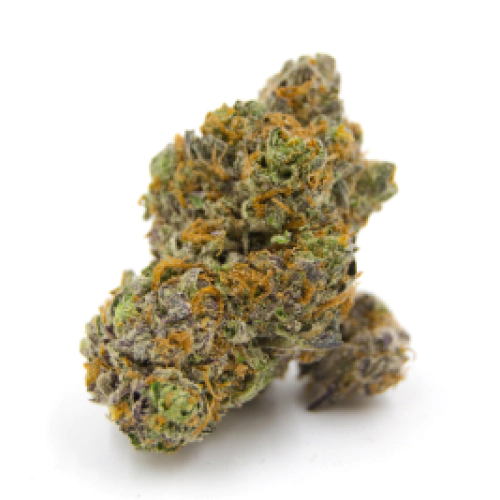
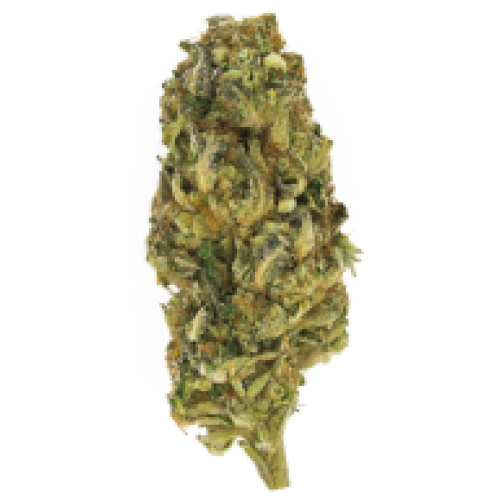



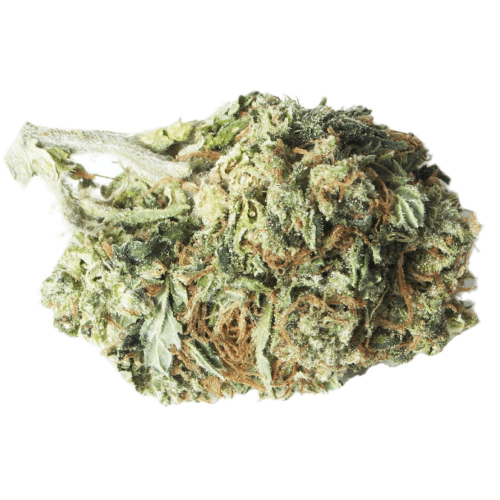
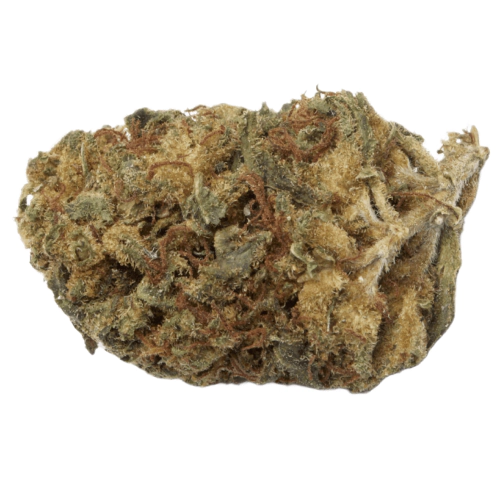
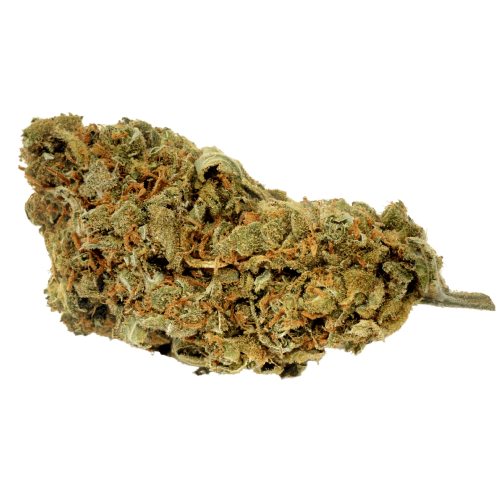

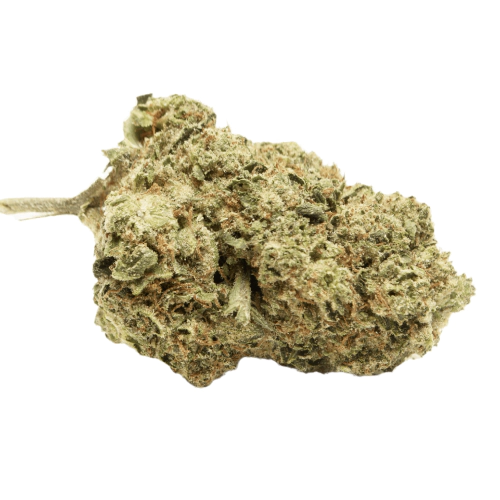
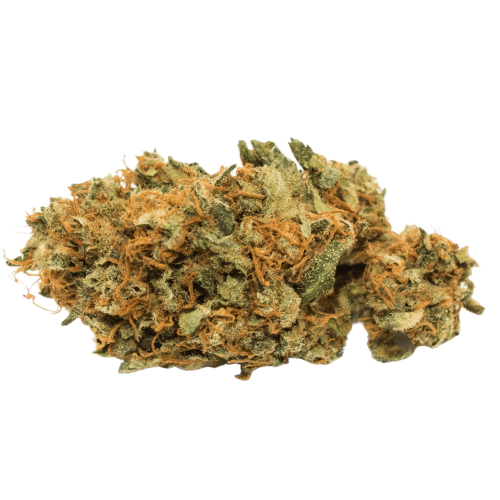
Be the first and share your opinion
Write a Review